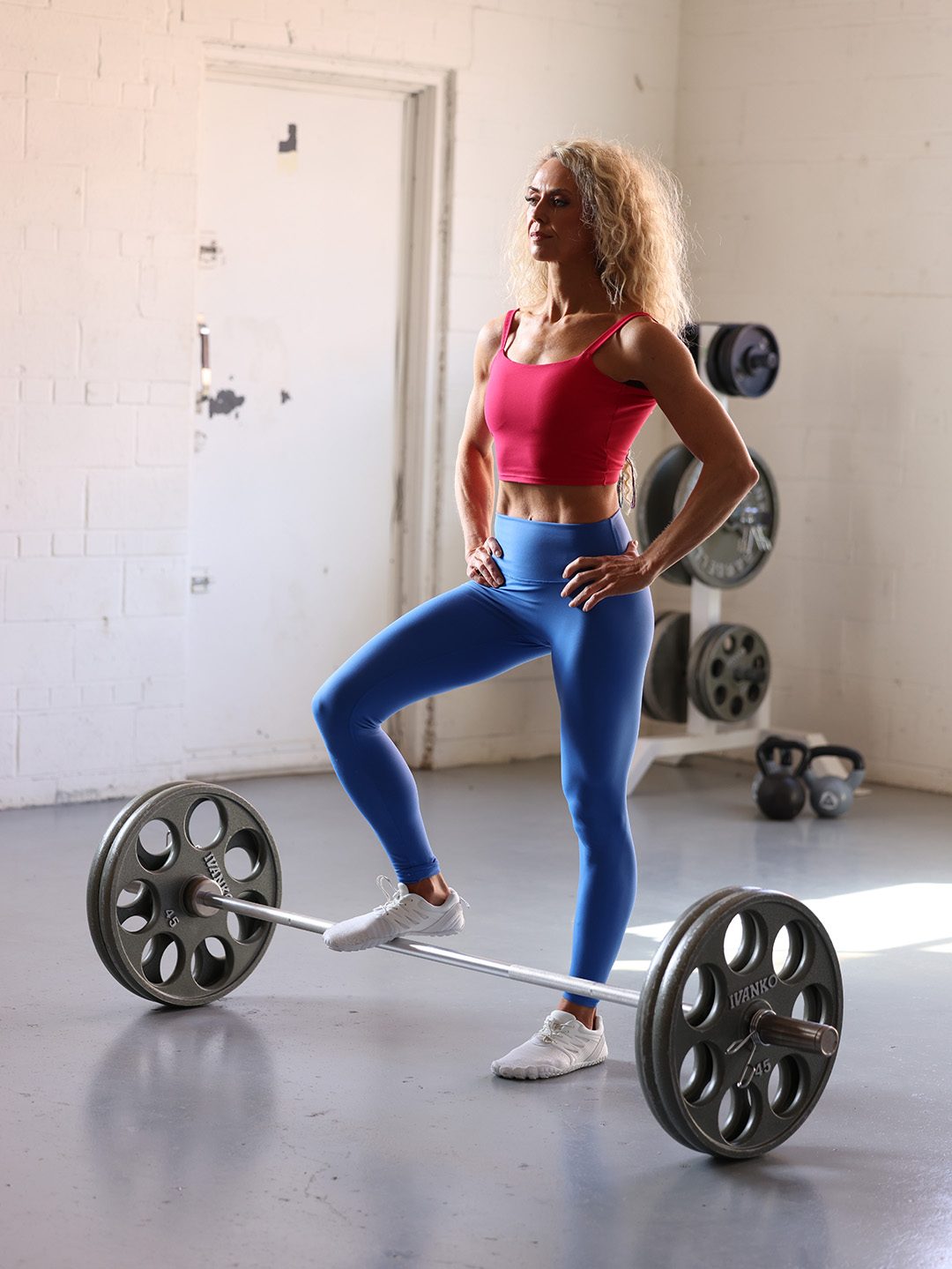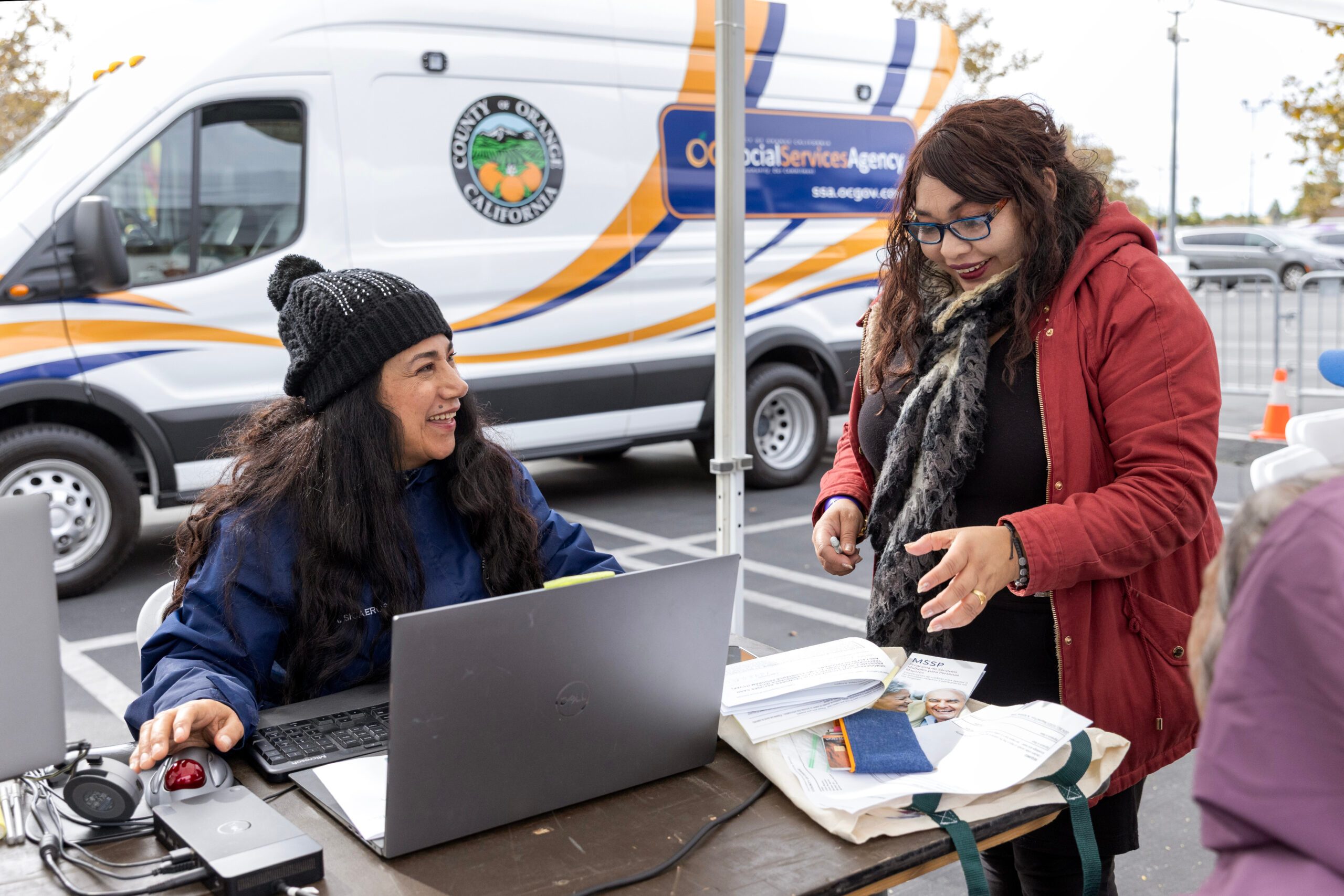Growing human cells and tissues in humanoid robots may soon level up the efficacy and comfort of grafts and implants.
A team of researchers from the University of Oxford and Devanthro GmbH experimented on growing tendon tissues in a modified robotic shoulder to which they added a bioreactor system.
Photo: YouTube/Nature VideoBefore, numerous experiments on engineered tissues failed because they lacked the elasticity that was natural in human tissues. In spite of the utilization of devices to stretch and bend tissues as they develop, the results were not functional enough for grafts and implants.
This time, the researchers decided to use a musculoskeletal (MSK) humanoid robot shoulder joint where they would make tendon tissues grow.
 Photo: YouTube/Nature Video
Photo: YouTube/Nature Video Using fibroblast cells to develop tendon tissues, these were placed inside the bioreactor where nutrients were also added. For a period of two weeks, the cells were allowed to grow with the robotic shoulder turned on for 30 minutes daily. The shoulder mimics human movements such as twisting, bending, and pulling.
After a couple of weeks, the researchers examined the newly-grown tendon tissues. They observed that they were different from previously-engineered tissues which used devices during their growth.
 Photo: YouTube/Nature Video
Photo: YouTube/Nature Video Although more experiments are needed to completely mimic the elasticity of human tissues, there was clear evidence that the utilization of MSK robots could greatly help in developing tissues that are truly functional for implants and grafts.
First, the humanoid robot must move exactly the way a human body part moves and as frequently to be able to grow tissues in perfect imitation of human elasticity and efficacy.
Second, taking a shortcut to solutions through one-approach-fits-all philosophy must be avoided. The parts of the human body are distinct from one another in many ways, and researchers must consider all these factors in cell and tissue engineering.
Provide Mammograms
Support those fighting Breast Cancer at The Breast Cancer Site for free! →
WhizzcoOriginal Article










